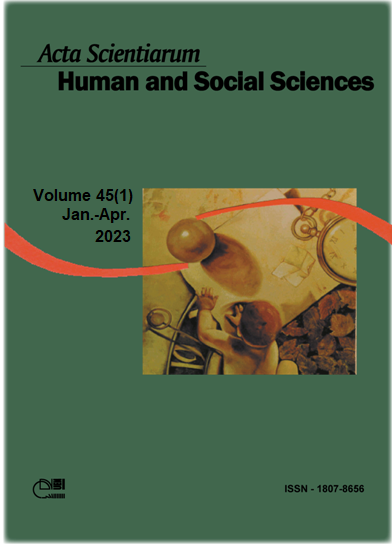The principle of sustainable security as a fundamental guarantee of the permanence of traditional peoples in especially protected territorial spaces in the Amazon
Abstract
‘The environmental territories’ are made up of specific geographic areas characterized by their distinct environmental qualities, including fundamental ecosystems. These territories can be defined by different criteria, such as biodiversity, ecosystems, water resources and relevant environmental services. Environmental territories are delimited, declared and identified by the Government through legal norms with the aim of preserving or conserving their integrity, as well as guaranteeing environmental sustainability. The objective of this research is to present the postulate ‘principle of sustainable security’ as a legal and jurisprudential optimization commandment that guarantees the permanence of traditional peoples in specially protected territorial spaces, with a view to achieving the socioeconomic development of these peoples. The methodology, in terms of nature, is basic research, in terms of objectives, exploratory and descriptive, with a qualitative approach. Therefore, the aim of this work is to contribute to legal-scientific knowledge, seeking a contextual reflection of the analyzed components, namely the territorial space, the human being, the environmental perception and the rights that are inherent to them, in a systemic conception.
Downloads
DECLARATION OF ORIGINALITY AND COPYRIGHTS
I Declare that current article is original and has not been submitted for publication, in part or in whole, to any other national or international journal.
The copyrights belong exclusively to the authors. Published content is licensed under Creative Commons Attribution 4.0 (CC BY 4.0) guidelines, which allows sharing (copy and distribution of the material in any medium or format) and adaptation (remix, transform, and build upon the material) for any purpose, even commercially, under the terms of attribution.
Read this link for further information on how to use CC BY 4.0 properly.























